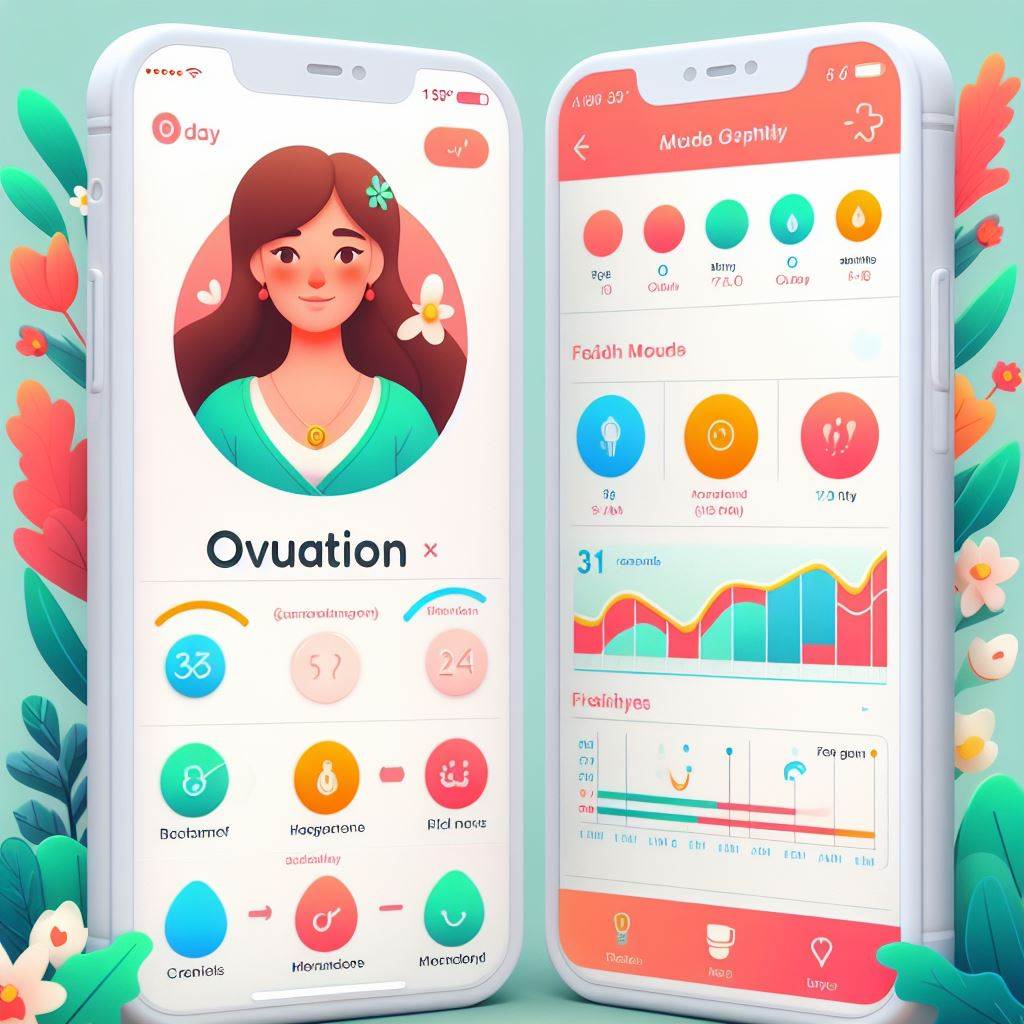Introduction
Preimplantation Genetic Testing (PGT) represents a significant advancement in the field of reproductive medicine, offering new hope to many women facing fertility challenges. This innovative technique, often coupled with In Vitro Fertilization (IVF), allows for the genetic screening of embryos before implantation. This blog delves into the intricacies of PGT, examining its impact on fertility outcomes and how it might be a game-changer for those struggling to conceive.
Understanding Preimplantation Genetic Testing
Preimplantation Genetic Testing, commonly known as PGT, is a specialized procedure used in conjunction with IVF. It involves screening embryos for genetic abnormalities before they are implanted in the uterus. This technique is incredibly valuable for women who are at a higher risk of passing genetic disorders to their offspring, or for those who have faced repeated unexplained miscarriages.
The Role of Genetics in Fertility
Genetics plays a pivotal role in fertility and the development of a healthy embryo. Chromosomal abnormalities can lead to implantation failure, miscarriages, or genetic disorders in the child. PGT serves as a preventative measure, identifying these risks early on.
Who Can Benefit from PGT?
- Couples with a History of Genetic Disorders: Those with known genetic conditions in their family can greatly benefit from PGT.
- Women Over the Age of 35: As the risk of chromosomal abnormalities increases with age, older women may find PGT particularly beneficial.
- Couples with a History of Unsuccessful IVF Cycles: PGT can help understand and possibly address the reasons behind unsuccessful IVF attempts.
- Those with a History of Miscarriages: By identifying genetically healthy embryos, PGT can increase the chances of a successful pregnancy.
Ethical Considerations
While PGT offers remarkable benefits, it also raises ethical questions, particularly regarding the selection of embryos. It’s important for couples to have thorough discussions with their healthcare providers about these considerations.
How PGT Works
- IVF Procedure: Initially, the IVF process involves stimulating the ovaries to produce multiple eggs, which are then retrieved and fertilized in a lab setting.
- Embryo Development: Post-fertilization, the embryos are cultured for several days, allowing them to develop.
- Genetic Screening: At this stage, a few cells are carefully extracted from each embryo and analyzed for genetic abnormalities.
- Selection and Transfer: Only the embryos without genetic issues are selected for transfer to the uterus.
Types of PGT
- PGT-A (Aneuploidy Screening): Tests for chromosomal normalcy in embryos.
- PGT-M (Monogenic/Single Gene Disorders): Screens for specific genetic disorders.
- PGT-SR (Structural Rearrangements): Looks for chromosomal structural rearrangements.
Benefits of PGT
- Reduced Risk of Genetic Disorders: Significantly lowers the chances of transmitting inherited genetic conditions.
- Decreased Miscarriage Rates: By selecting genetically healthy embryos, the likelihood of miscarriage decreases.
- Informed Decision Making: Provides crucial information for making informed decisions about pregnancy.
PGT and Fertility Outcomes: A Closer Look
The primary goal of PGT is to enhance fertility outcomes by ensuring the transfer of healthy embryos. This aspect is particularly crucial for women who have experienced fertility issues.
Improved Pregnancy Rates
Studies have shown that PGT can improve pregnancy rates in certain groups, particularly in older women or those with a history of miscarriages.
Case Studies and Research
Numerous research studies and case histories highlight the effectiveness of PGT in improving fertility outcomes. These studies often point to higher rates of successful pregnancies and live births in groups that have utilized PGT.
Considerations and Limitations
While PGT offers numerous benefits, it’s important to understand its limitations. It cannot guarantee pregnancy and is not suitable for all individuals. Discussing with a fertility specialist can provide a clearer picture of its appropriateness for individual cases.
The Impact of PGT on IVF Success
Integrating PGT with IVF can potentially increase the success rate of IVF cycles. By selecting genetically sound embryos, the chances of implantation and full-term pregnancy may improve.
Cost and Accessibility
One of the concerns with PGT is the cost and its accessibility. It’s an additional expense on top of IVF, which may not be feasible for all couples. Insurance coverage for PGT varies, and it’s important to research and plan financially.
Tailoring Fertility Treatment
PGT allows for personalized fertility treatment plans. Depending on individual genetic risks and history, fertility specialists can tailor their approach, potentially increasing the chances of a successful outcome.
Personal Stories: Triumphs Over Fertility Challenges
Real-life stories can be incredibly powerful. In this section, we explore personal accounts of women who turned to PGT as part of their fertility journey.
Story 1: A Journey Through Genetic Screening
Meet Emily, a 32-year-old who faced the challenge of carrying a genetic mutation that could potentially affect her children. PGT offered her a path to motherhood, allowing her to conceive a child free of the familial genetic condition. Emily’s story is one of hope and the power of modern medicine in overcoming genetic hurdles.
Story 2: Bridging the Gap to Parenthood
David and Sarah, after years of unsuccessful attempts to conceive, turned to PGT as part of their IVF journey. They were able to identify and transfer embryos without the chromosomal issue that was previously undetected but causing their fertility issues. Their story underscores the importance of advanced genetic testing in fertility treatments.
These stories not only highlight the technical successes of PGT but also shed light on the emotional resilience and hope that this technology brings to couples facing fertility challenges.
The Process of Undergoing PGT
For those considering PGT, understanding the process is crucial. Here’s a step-by-step guide:
- Initial Consultation: Meet with a fertility specialist to discuss the suitability of PGT.
- IVF Process: Undergoing IVF to retrieve and fertilize eggs.
- Embryo Biopsy: Extracting cells from embryos for genetic testing.
- Analysis and Results: Waiting for the genetic analysis and discussing the results with the specialist.
- Embryo Transfer: Transferring selected embryos to the uterus.
Emotional and Psychological Aspects
Undergoing PGT and IVF can be emotionally taxing. It’s essential to be prepared for the range of emotions that might surface during this journey and seek support when needed.
Success Rates and Realistic Expectations
While PGT increases the likelihood of a successful pregnancy, it’s important to have realistic expectations. Success rates can vary based on individual factors like age and specific genetic concerns.
The Role of the Fertility Team
A dedicated team of fertility specialists, genetic counselors, and embryologists play a crucial role in the PGT process. They provide guidance, support, and expertise throughout the journey.
Frequently Asked Questions (Continued)
- Is PGT Safe for the Embryo? Yes, PGT is generally considered safe. The biopsy of the embryo is performed by skilled embryologists, and studies indicate that it does not harm the embryo’s overall development.
- Can PGT Diagnose All Genetic Disorders? While PGT can screen for many genetic disorders, it does not detect every possible condition. It’s specifically designed to identify known genetic mutations and chromosomal abnormalities.
- How Long Does the PGT Process Take? The PGT process, from initial consultation to embryo transfer, can take several weeks to a few months, depending on various factors, including the IVF cycle and the time required for genetic analysis.
- Are There Any Alternatives to PGT? Alternatives may include traditional IVF without genetic testing, donor eggs or sperm, or adoption. The choice depends on individual circumstances and preferences.
Conclusion
Preimplantation Genetic Testing (PGT) stands at the forefront of modern reproductive technology, offering a ray of hope to countless women and couples facing the daunting challenge of fertility issues. As we’ve explored, PGT’s ability to screen embryos for genetic abnormalities before implantation plays a crucial role in increasing the chances of a successful pregnancy, especially for those with a history of genetic disorders, recurrent miscarriages, or unsuccessful IVF cycles.
While the journey through PGT can be complex and emotionally demanding, the stories of those who have successfully navigated this path are a testament to its transformative potential. The technology not only enhances the likelihood of conceiving a healthy child but also offers peace of mind to prospective parents about their future child’s genetic health.
It’s essential to approach PGT with realistic expectations and a clear understanding of its benefits and limitations. The procedure, while advanced, does not guarantee pregnancy and is not a one-size-fits-all solution. However, for many, it represents a critical step toward realizing the dream of parenthood.
As research continues to evolve, the scope and efficacy of PGT will likely expand, further revolutionizing the field of reproductive medicine. For now, it remains a powerful option, providing hope and a path forward for many on their fertility journey.
As we conclude this exploration of Preimplantation Genetic Testing and its impact on fertility outcomes, it’s clear that this technology is more than just a medical procedure. It’s a beacon of hope, a bridge to parenthood, and a reflection of the remarkable advancements in healthcare and reproductive science.






